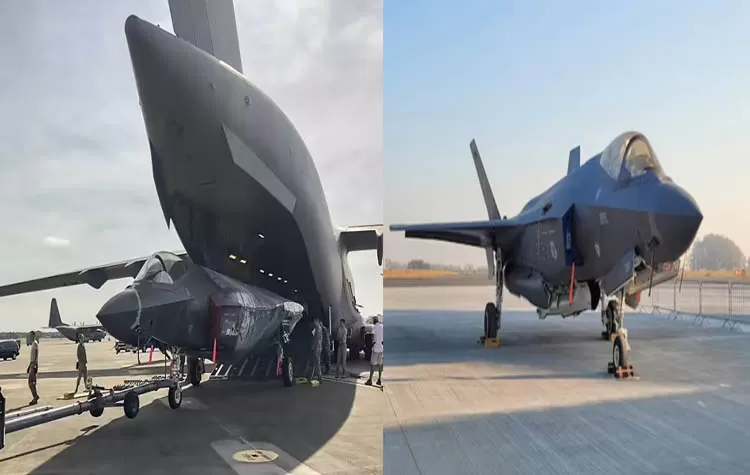
F-35B Fighter Jet Grounded in India Due to Technical Issue
One British Royal Navy F-35B fighter aircraft was grounded at Thiruvananthapuram airport in Kerala after it developed a technical issue. While the episode was a target of social media sarcasm, the aircraft is still an elite weapon in contemporary combat.
Stealth and Security: Key Features of the F-35B
The F-35B is a stealth fighter aircraft. It was one of the planes that evaded Iranian air defenses in a recent mission over Tehran. Every component employed in its production is made to guard confidential information. This complicates repair and makes it very controlled.
Disassembly Requires Specialized Aircraft and Personnel
In order to perform the repair, engineers will dismantle some parts and carry them via a C-17 Globemaster plane. Only experts from Lockheed Martin are allowed to perform such actions. Britain is making efforts not to leak sensitive information.
Security Measures in Each Phase of the Process
All the movement during disassembly is recorded and inspected. Every bolt contains a special security code that will prevent information leaks. If the stealth technology gets leaked, it might adversely affect the British defense strategy and lead to diplomatic problems.
Previous Relocation Example from Eglin Air Base
In May 2019, there was a similar dismantling that occurred at Eglin Base in Florida. A C-17 flew the jet. The operation, conducted by Logistics Readiness Squadron Aerial Porters, cost $200,000 and took four years. These facts were posted online by Eglin Air Force Station.
Technology Behind the Jet
The F-35B carries radar-blocking layers, artificial intelligence, encrypted code, sensors, and data fusion technology. It even has nuclear capabilities. It took almost 20 years and approximately $1.7 trillion to develop it.
Earlier Incidents Showcase the Jet's Vulnerability
Earlier, a British F-35B fell into the Mediterranean Sea off the HMS Queen Elizabeth aircraft carrier. The pilot remained alive. Britain deployed a rapid recovery mission to prevent Chinese or Russian hands on the wreckage. Rival countries during the Cold War regularly recovered and reverse-engineered foreign military tech from such accidents.













